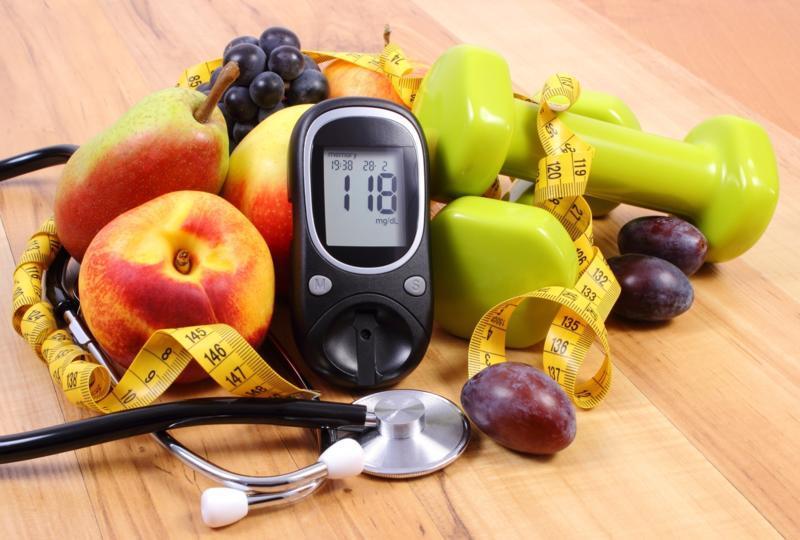LI Physician Leads Research on the Effects of Type 1 Diabetes on the Brain
The difference between type 1 diabetes and type 2
Usually, type 1 diabetes forms early during childhood. It will be marked by lifetime dependence on insulin in order to control blood sugar or glucose, and type 1 is relatively different from type 2 diabetes, which is categorized by what experts dubbed as insulin resistance. Most patients typically create some insulin, however, their bodies don’t use the hormone properly.
In type 1 diabetes, the body doesn’t produce sufficient insulin to regulate the blood glucose level to be used by the cells. Without sufficient insulin, many of the body's cells will not be able to take glucose from the blood, which in turn forces the body to use its other sources of energy to sustain the energy it needs of from the cells. Ketones, which are particularly produced by the liver, act as the alternative source of energy. However, a high level of ketones can adversely lead to a dangerous condition, known in the medical field as ketoacidosis. Unlike type 1, people who have type 2 diabetes will need an insulin injection to compensate for the insufficiency of insulin in the body.
